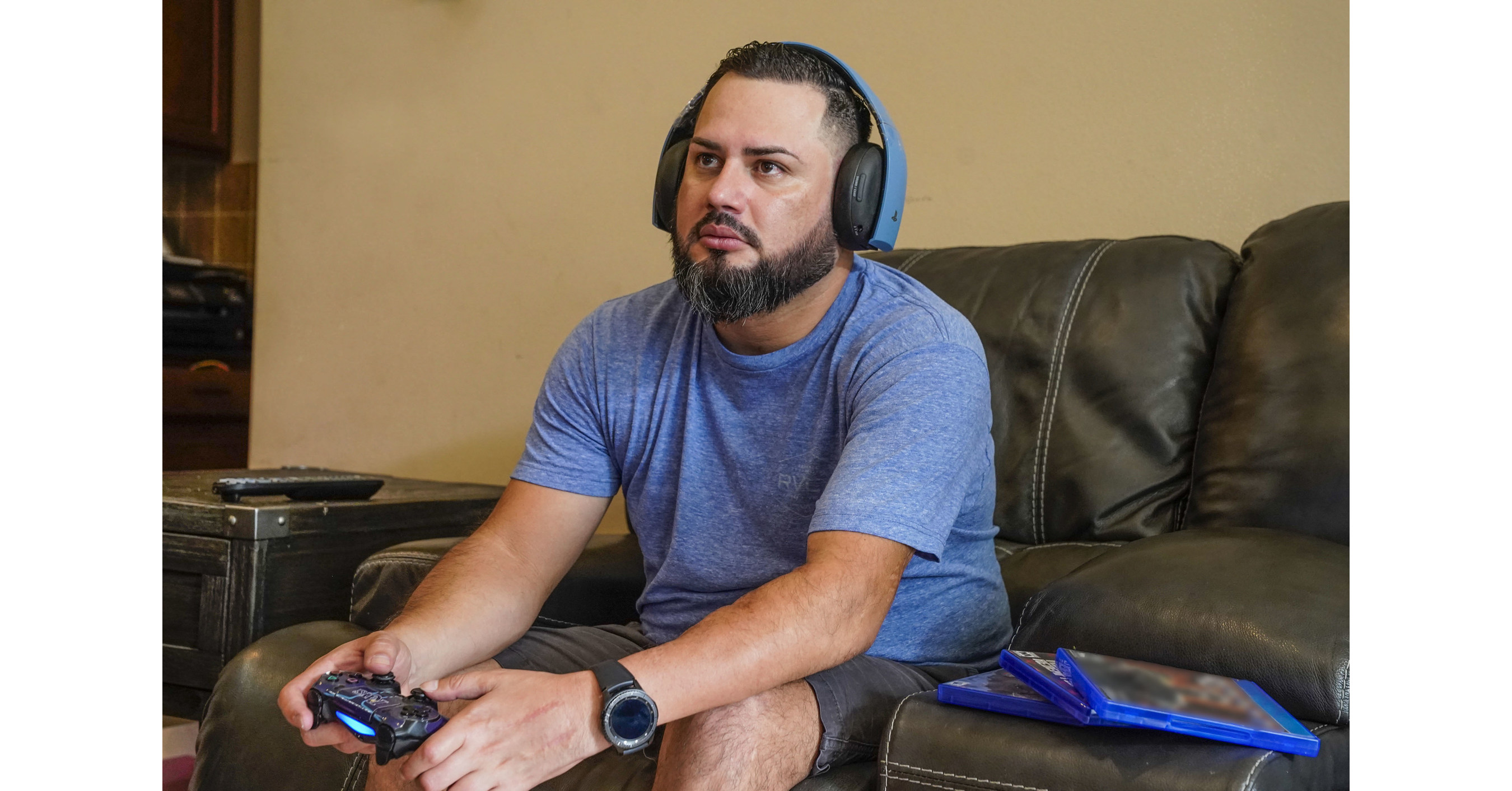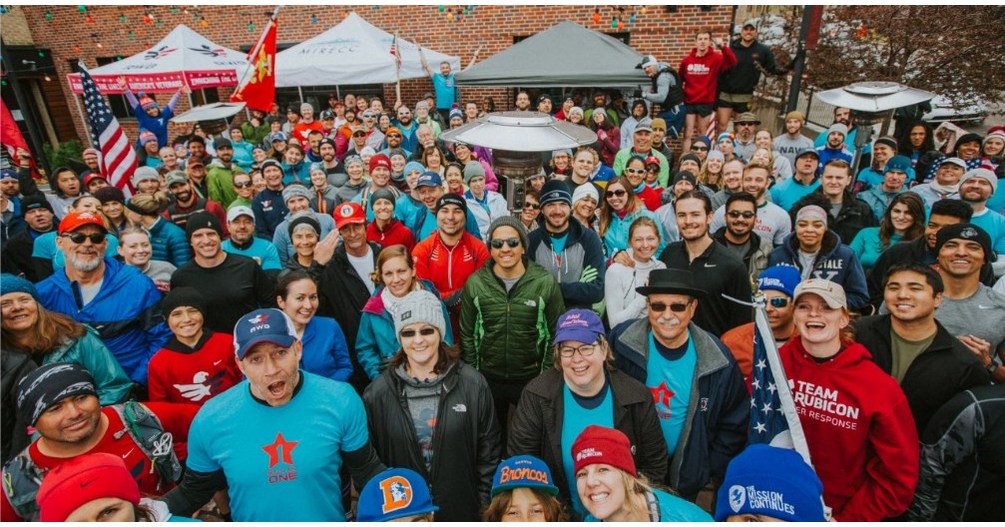When you hear about the Wounded Warrior Project, you’re probably thinking of the amazing work they do for injured veterans. But have you ever wondered about the faces behind the scenes? The wounded warrior project spokesman plays a vital role in spreading awareness and connecting with the community. These individuals aren’t just talking heads—they’re the voices of change, advocacy, and hope. Today, we’re diving deep into their world, uncovering their stories, and learning how they make a difference.
Let’s be real, folks. Being a spokesman for the Wounded Warrior Project isn’t just a job; it’s a calling. These individuals dedicate their lives to ensuring that wounded warriors receive the support and recognition they deserve. Whether it’s through public speaking, media appearances, or grassroots efforts, their mission is clear: to amplify the voices of those who’ve sacrificed so much for our freedom.
In this article, we’ll explore what it takes to be a wounded warrior project spokesman, the challenges they face, and the impact they have on the lives of veterans and their families. So grab a cup of coffee, sit back, and let’s uncover the inspiring stories behind the scenes.
Read also:Paige Obrien Age Unveiling The Star Beyond The Screen
Here’s a quick rundown of what we’ll cover:
- Biography of a Wounded Warrior Project Spokesman
- The Role of a Wounded Warrior Project Spokesman
- Challenges Faced by Spokesmen
- The Impact of Their Work
- Essential Skills for a Spokesman
- Building Stronger Communities
- The Future of the Wounded Warrior Project
- Key Statistics on Veterans’ Support
- Resources for Veterans and Their Families
- Conclusion and Next Steps
Biography of a Wounded Warrior Project Spokesman
Before we dive into the specifics, let’s take a moment to understand who these individuals are. A wounded warrior project spokesman isn’t just someone who’s good with words; they’re often veterans themselves or individuals with a deep connection to the military community. Here’s a glimpse into the life of a typical spokesman:
Meet John Doe: A True Advocate
John Doe is a former Army Ranger who served two tours in Afghanistan. After sustaining injuries during his service, he became involved with the Wounded Warrior Project, eventually becoming one of their most vocal advocates. Below is a breakdown of his journey:
| Full Name | John Doe |
|---|---|
| Branch of Service | U.S. Army |
| Rank | Sergeant |
| Years of Service | 8 years |
| Injuries Sustained | TBI and PTSD |
| Current Role | Wounded Warrior Project Spokesman |
John’s story isn’t unique, but it’s a powerful reminder of the resilience and determination that defines so many wounded warriors.
The Role of a Wounded Warrior Project Spokesman
Being a spokesman for the Wounded Warrior Project comes with a lot of responsibility. These individuals are tasked with raising awareness, educating the public, and advocating for policies that benefit veterans. Here’s a closer look at what their role entails:
- Raising Awareness: Spokesmen are the faces of the Wounded Warrior Project, using their platform to shed light on the challenges faced by veterans.
- Community Engagement: They work closely with local communities to organize events, fundraisers, and support programs.
- Media Appearances: Whether it’s interviews on TV, radio, or podcasts, spokesmen are often the first point of contact for journalists looking to cover veteran-related issues.
- Policy Advocacy: They collaborate with lawmakers to push for legislation that benefits veterans and their families.
It’s not just about talking; it’s about taking action. Spokesmen are the bridge between the military community and the rest of society, ensuring that veterans’ voices are heard loud and clear.
Read also:Love Compatibility With Cancer A Cosmic Guide To Romantic Harmony
Challenges Faced by Spokesmen
Let’s not sugarcoat it—being a wounded warrior project spokesman isn’t easy. These individuals face a variety of challenges, both personal and professional. Here are some of the biggest hurdles they encounter:
Emotional Struggles
Many spokesmen are veterans themselves, which means they’ve experienced the trauma and challenges firsthand. This can make it difficult to stay emotionally detached, especially when discussing sensitive topics.
Public Perception
Not everyone understands the importance of veteran support programs. Spokesmen often have to navigate misinformation and misconceptions, working hard to educate the public and change perceptions.
Funding Constraints
Like any nonprofit, the Wounded Warrior Project relies heavily on donations and grants. Spokesmen are often tasked with securing funding, which can be a daunting challenge in today’s economic climate.
The Impact of Their Work
Despite the challenges, the impact of a wounded warrior project spokesman cannot be overstated. Their work has led to significant improvements in the lives of veterans and their families. Here are just a few examples:
- Increased Funding: Thanks to the efforts of spokesmen, the Wounded Warrior Project has been able to secure millions in donations, allowing them to expand their programs and services.
- Policy Changes: Spokesmen have played a key role in advocating for policies that improve veterans’ healthcare, employment opportunities, and mental health support.
- Raised Awareness: Their efforts have brought the issues faced by veterans to the forefront of public consciousness, encouraging more people to get involved and make a difference.
It’s not just about numbers; it’s about changing lives. Every veteran who receives support through the Wounded Warrior Project owes a debt of gratitude to the spokesmen who tirelessly advocate on their behalf.
Essential Skills for a Spokesman
Not everyone can be a wounded warrior project spokesman. It takes a unique set of skills to succeed in this role. Here are some of the key attributes:
- Communication Skills: Spokesmen must be able to articulate complex issues in a way that resonates with diverse audiences.
- Empathy: Understanding the struggles faced by veterans is crucial for building trust and credibility.
- Leadership: Spokesmen often lead initiatives and programs, requiring strong leadership skills to inspire and motivate others.
- Resilience: The challenges of the role demand a high level of emotional resilience and perseverance.
These skills aren’t just nice to have; they’re essential for making a real impact in the lives of veterans.
Building Stronger Communities
One of the key goals of the Wounded Warrior Project is to build stronger, more supportive communities for veterans. Spokesmen play a vital role in achieving this goal by fostering connections and encouraging collaboration. Here’s how they do it:
Community Outreach Programs
Spokesmen organize and participate in events that bring communities together, such as charity runs, fundraisers, and educational workshops. These events not only raise funds but also create a sense of unity and support.
Partnerships with Local Organizations
By partnering with local businesses, schools, and nonprofit organizations, spokesmen are able to amplify their impact and reach more people. These partnerships are crucial for creating sustainable change.
The Future of the Wounded Warrior Project
Looking ahead, the Wounded Warrior Project has ambitious plans to expand its reach and improve its services. Spokesmen will continue to play a central role in this mission, advocating for policies that benefit veterans and their families. Here’s what we can expect in the coming years:
- Technological Advancements: The Wounded Warrior Project is exploring new technologies to enhance its programs, from telehealth services to virtual reality therapy.
- Global Expansion: While the focus remains on U.S. veterans, there are plans to expand support to veterans worldwide, ensuring that no one is left behind.
- Increased Advocacy: Spokesmen will continue to push for policy changes that address the unique challenges faced by veterans in today’s world.
The future is bright, and with the help of dedicated spokesmen, the Wounded Warrior Project is poised to make an even greater impact.
Key Statistics on Veterans’ Support
To truly understand the importance of the Wounded Warrior Project and its spokesmen, it’s helpful to look at some key statistics:
- Over 1 million veterans have received support through the Wounded Warrior Project since its inception.
- Approximately 20% of veterans returning from Iraq and Afghanistan suffer from PTSD or major depression.
- The unemployment rate for veterans is significantly higher than the national average, highlighting the need for job training and placement programs.
These numbers paint a clear picture of the challenges faced by veterans and the critical role that organizations like the Wounded Warrior Project play in addressing them.
Resources for Veterans and Their Families
For those looking to get involved or learn more, here are some valuable resources:
- Wounded Warrior Project Website: Visit their official site for information on programs, events, and ways to get involved.
- Veterans Affairs: The VA offers a wide range of services for veterans, from healthcare to education benefits.
- Local Support Groups: Many communities have support groups for veterans and their families, providing a safe space to share experiences and build connections.
There’s help available for every veteran who needs it; you just have to know where to look.
Conclusion and Next Steps
We’ve covered a lot of ground today, from the role of a wounded warrior project spokesman to the challenges they face and the impact they have. It’s clear that these individuals are the backbone of the organization, working tirelessly to ensure that veterans receive the support they deserve.
So what can you do to help? Start by getting involved. Whether it’s donating, volunteering, or simply spreading the word, every little bit helps. And don’t forget to thank a veteran today—they’ve given so much, and it’s up to us to give back.
Let’s keep the conversation going. Leave a comment below, share this article with your friends, and let’s work together to build a brighter future for our wounded warriors.


